Pravi Celer: The Complete Guide to The Real Celery and Why It Matters
Table of Contents
When it comes to healthy eating, few vegetables get as much attention as celery. But not all celery is the same. If you’ve ever heard the term “pravi celer“, you might be wondering what makes it different. Translated from several Slavic languages, “pravi celer” means “real celery”—pure, fresh, naturally grown, and full of nutrition. This isn’t just the crunchy snack you dip in peanut butter. Pravi celer refers to celery in its best form: crisp, clean, and grown the right way. In today’s world of processed food and trendy diets, pravi celer stands out as a symbol of simple, natural goodness. Whether you’re into clean eating, cooking fresh meals at home, or just want to improve your health, learning more about pravi celer will help. In this beginner-friendly guide, we’ll look at what pravi celer really is, where it comes from, how to grow it, how to use it, and why it might be the secret ingredient your meals are missing.
What Is Pravi Celer?
Pravi celer is the real, fresh version of celery that’s grown naturally without too many chemicals or shortcuts. It’s usually hand-picked and sold at local markets or grown in home gardens. The stalks are firm and light green, and the flavor is bold—earthy, slightly salty, and very refreshing. Unlike mass-produced celery that can be watery or bland, pravi celer is full of taste and crunch. It’s also packed with nutrients like vitamin K, fiber, and antioxidants. In many cultures, pravi celer isn’t just food—it’s used in traditional cooking, natural remedies, and even home beauty tricks. This form of celery is celebrated for being clean, real, and functional.
The Origin and Cultural Importance of Pravi Celer
Pravi celer has strong roots in European kitchens and gardens, especially in countries like Croatia, Serbia, Slovenia, and Bosnia. In those regions, celery is more than just garnish—it’s a core part of soups, stews, and traditional broths. Families often pass down recipes that use pravi celer as a key flavor booster. Growing pravi celer is also a tradition. Many older generations still raise celery in backyard gardens using soil-rich, no-chemical methods. This cultural love for pravi celer has helped it gain new popularity, even in modern kitchens. It connects food with family, nature, and simple living.
How Pravi Celer Is Grown
Growing pravi celer takes some care, but it’s not hard. It starts with good seeds and healthy soil. Celery loves moisture and cooler weather, so it’s often planted in early spring or late summer. Gardeners keep the soil damp and feed the plants with compost or natural fertilizer. Unlike fast-growing vegetables, pravi celer takes time—it can take up to 140 days to be perfect. But the wait is worth it. Homegrown pravi celer tastes better than store-bought varieties and has a deeper crunch. Many families grow a few rows of celery right next to parsley, carrots, and onions, making a natural soup garden in their backyard.
Health Benefits of Pravi Celer
Pravi celer is loaded with health benefits. It’s low in calories but high in important vitamins and minerals. A single cup has enough vitamin K to support bone health and blood clotting. It’s also a good source of antioxidants, which can protect your cells from damage. The fiber in celery helps with digestion and keeps your stomach happy. Some people use pravi celer juice to lower blood pressure, fight inflammation, and improve kidney health. Plus, celery has a high water content, so it helps you stay hydrated. It’s one of those rare foods that tastes good and is still really good for your body.
Pravi Celer vs. Regular Celery
You might ask, “Is there really a difference between pravi celer and the celery at my local grocery store?” Yes, there is. Pravi celer is usually fresher, cleaner, and non-GMO. It’s often grown on smaller farms or in home gardens, which means less chemical use and better soil care. Regular celery from big supermarkets can be grown fast with more pesticides or bulk fertilizer. This can affect the taste, texture, and nutrition. Pravi celer tends to have stronger flavor, thicker stalks, and a deeper green color. You can smell and taste the difference, especially when used in broth or eaten raw.
Cooking with Pravi Celer
People love cooking with pravi celer for a reason. It adds aroma, flavor, and depth to any dish. You can chop it into small pieces and throw it into soups, stews, or pasta sauces. It mixes well with garlic, onion, and olive oil to create a tasty base for many meals. You can also roast celery with carrots and potatoes for a healthy side dish. Raw pravi celer is a great snack—dip it in hummus, fresh cheese, or peanut butter. It brings texture to salads, sandwiches, and cold pasta dishes. The options are endless when you have good celery in your kitchen.
Making Pravi Celer Juice
One of the most popular uses for pravi celer is juicing. Celery juice has become trendy in health communities because it’s rich in nutrients and refreshing. To make it, simply wash your celery, slice it into chunks, and blend it with a splash of water. Strain the juice (or keep it pulpy if you like), and drink in the morning on an empty stomach. Some people add lemon, cucumber, or apple for extra flavor. Drinking pravi celer juice supports kidney health, digestion, and healthy skin. It’s also hydrating and helps flush toxins from your body. Just one glass can give you a morning energy boost.
Storing Pravi Celer the Right Way
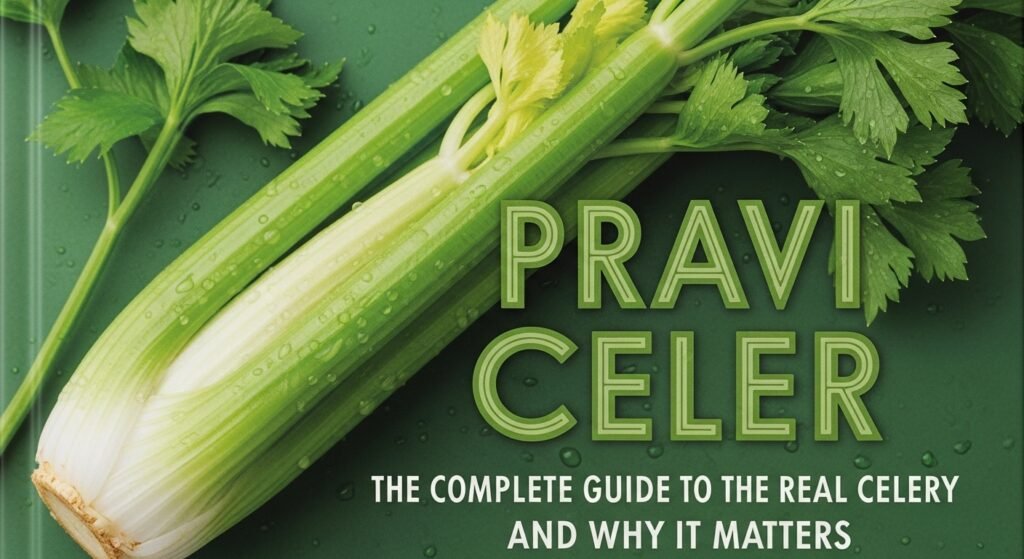
To keep your pravi celer crisp and tasty, you need to store it correctly. Start by wrapping the stalks in foil or placing them in a sealed container with a bit of moisture. Keep them in the fridge, but avoid putting them in the coldest part to prevent freezing. Avoid plastic bags—they can make celery go soft fast. If your celery does become limp, you can revive it by soaking the stalks in ice water for 10–15 minutes. You’ll see them perk up quickly. Proper storage helps you enjoy pravi celer for up to two weeks after harvesting or buying.
Growing Pravi Celer at Home
If you have space in your yard or even a container garden, you can try growing pravi celer yourself. Start with seeds indoors in early spring. Use small starter pots with moist, well-draining soil. After a few weeks, move them outside to a sunny spot with good water access. Celery loves water—so don’t let the soil dry out. Add mulch to help keep roots cool and moist. You can harvest it when the stalks are 6 to 8 inches tall. Harvest whole plants or just cut outer stalks and let the center grow more. Growing pravi celer gives you fresh, healthy produce and teaches kids about where food comes from.
Pravi Celer in Traditional Cooking
In Eastern European cuisine, pravi celer plays a key role. It’s the base for clear broths, traditional soups like chicken or beef “supa,” and famous holiday stews. In these regions, celery is often boiled slowly with root vegetables to create rich, warming flavors. Cooks believe that pravi celer brings balance to any soup recipe. It blends the sweetness of carrots with the strength of onions and the aroma of garlic. In many households, no homemade soup is complete without a stalk or two of pravi celer. It connects modern kitchens with recipes passed down through generations.
Buying Pravi Celer at the Market
If you can’t grow it at home, you can still enjoy pravi celer by buying it at local farmers’ markets or organic food stores. Look for stalks that are tight, crisp, and free of dark spots. The leaves should be green and fresh—not yellow or wilting. Ask your seller where and how the celery was grown. Smaller, local farms often use fewer chemicals and more natural methods. This keeps the celery closer to the “real” or “pravi” version. Supporting local growers also helps your community and reduces the carbon footprint linked to big agriculture.
FAQs
1. What does “pravi celer” mean?
“Pravi celer” means “real celery.” It refers to clean, natural, flavorful celery grown without heavy chemicals.
2. Is pravi celer healthier than store-bought celery?
Often, yes. Pravi celer is usually fresher, cleaner, and grown with better soil and fewer pesticides.
3. Can I juice pravi celer every day?
Yes! Many people drink celery juice daily for hydration, digestion, and added nutrients.
4. How long does pravi celer last in the fridge?
If stored properly, it can last 10–14 days. Wrap in foil or a breathable container for best results.
5. Can I freeze pravi celer?
Yes, but frozen celery is best used for cooking. It becomes soft when thawed, but still adds flavor to soups and stews.
6. Where can I buy pravi celer?
You can find it at farmers’ markets, health food stores, or grow your own in your garden or balcony.
Final Thoughts
In a world full of fast food and quick solutions, pravi celer brings us back to something simple, pure, and powerful. It’s more than a vegetable—it’s a reminder that real food can taste great and help us feel good. Whether you’re cooking a traditional soup, sipping fresh juice, or growing your own garden, pravi celer offers health, flavor, and a delicious connection to nature. Try adding pravi celer to one meal this week and see the difference for yourself. Sometimes, the simplest foods are the most powerful. And when it comes to celery—nothing beats the real thing.
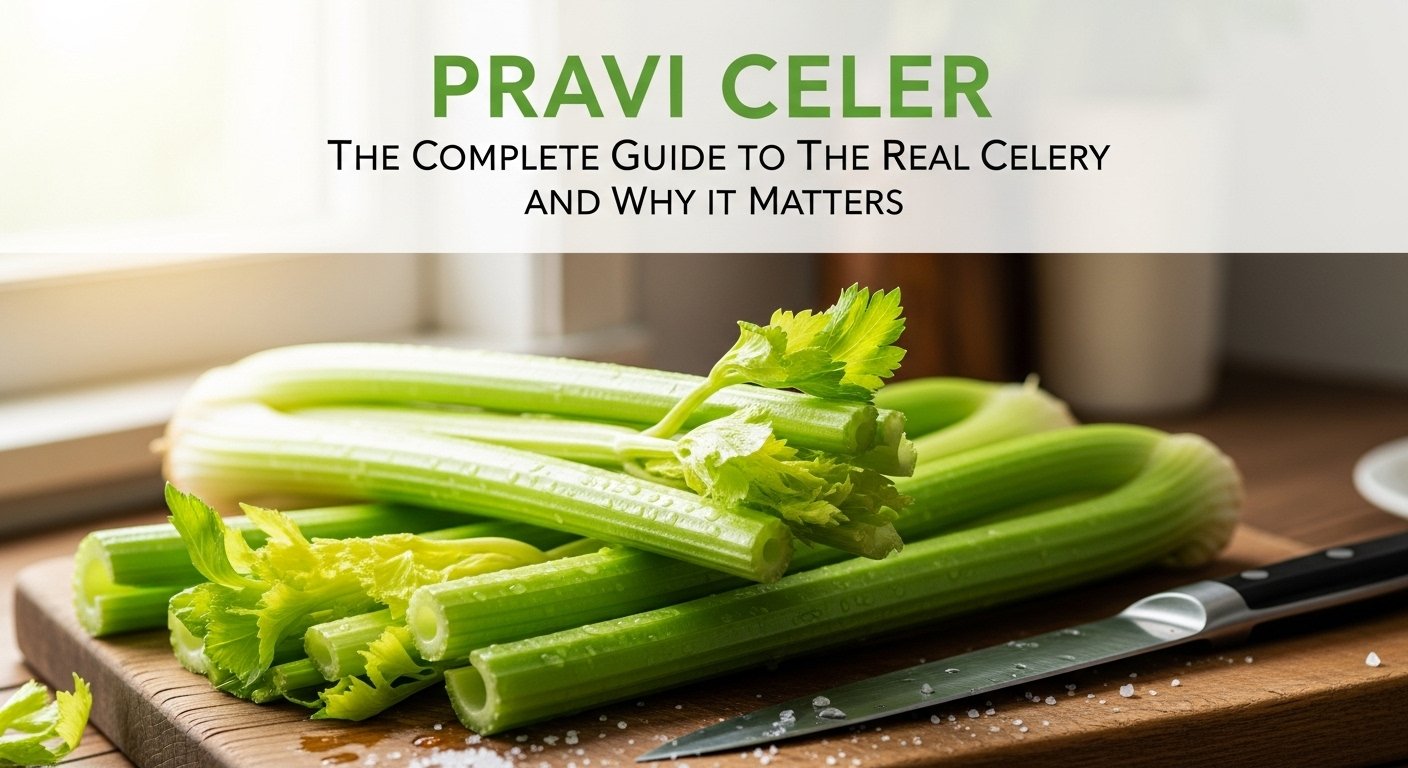
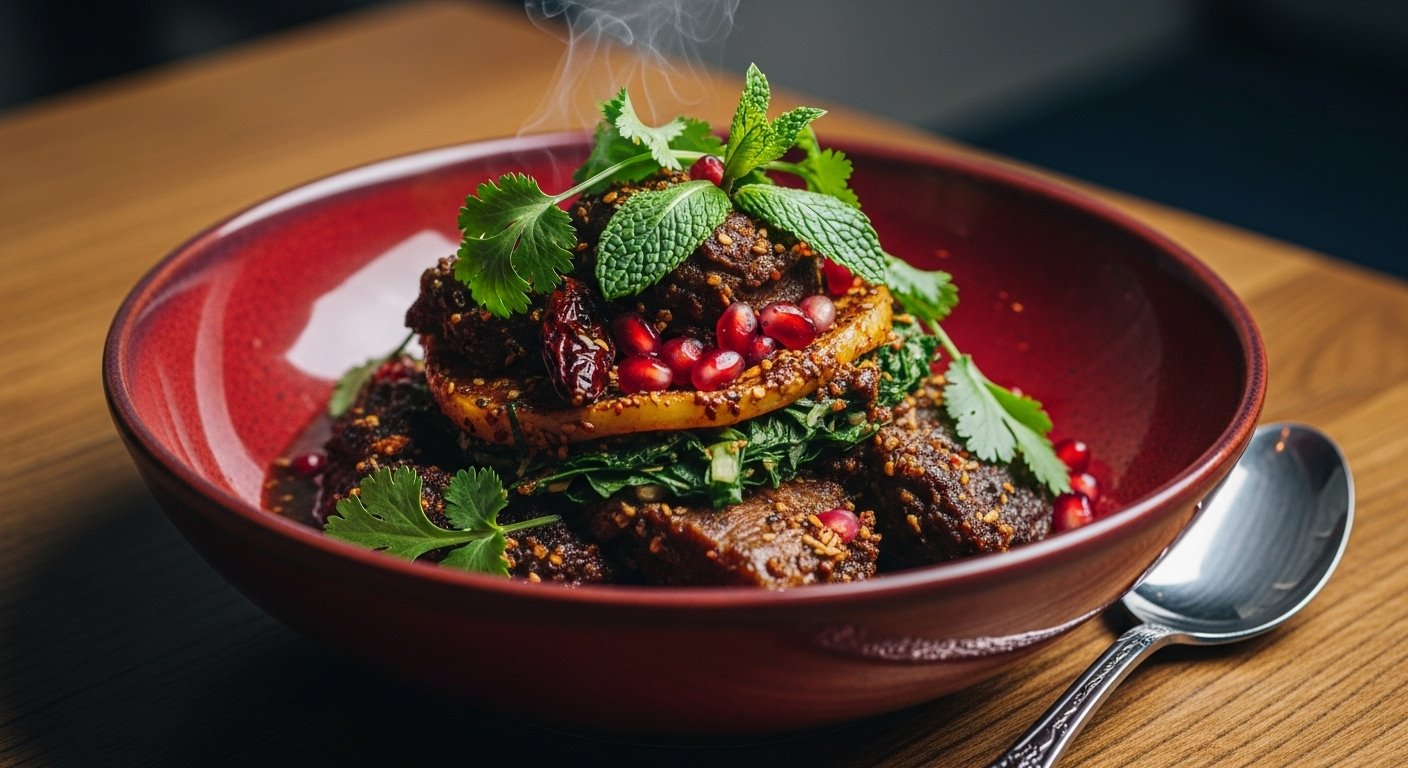
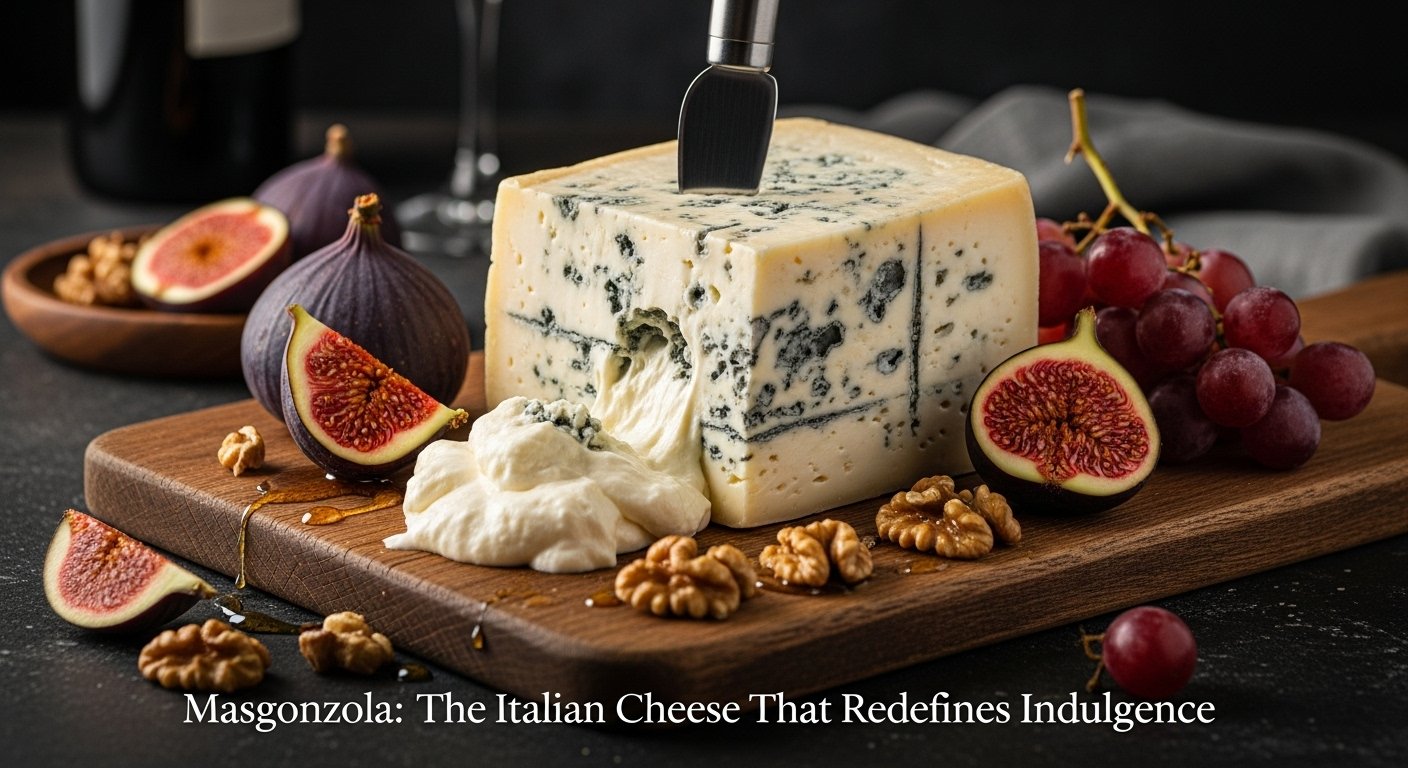
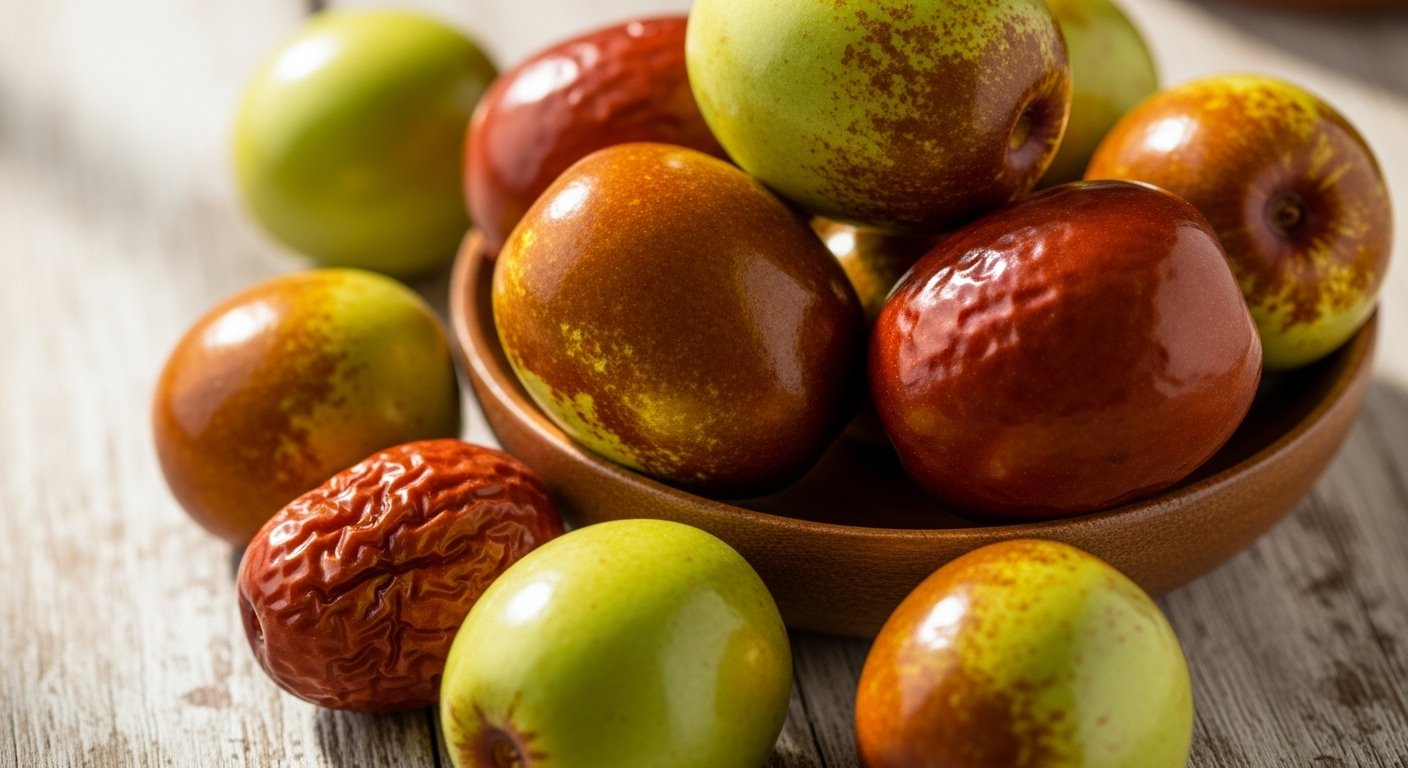




Post Comment